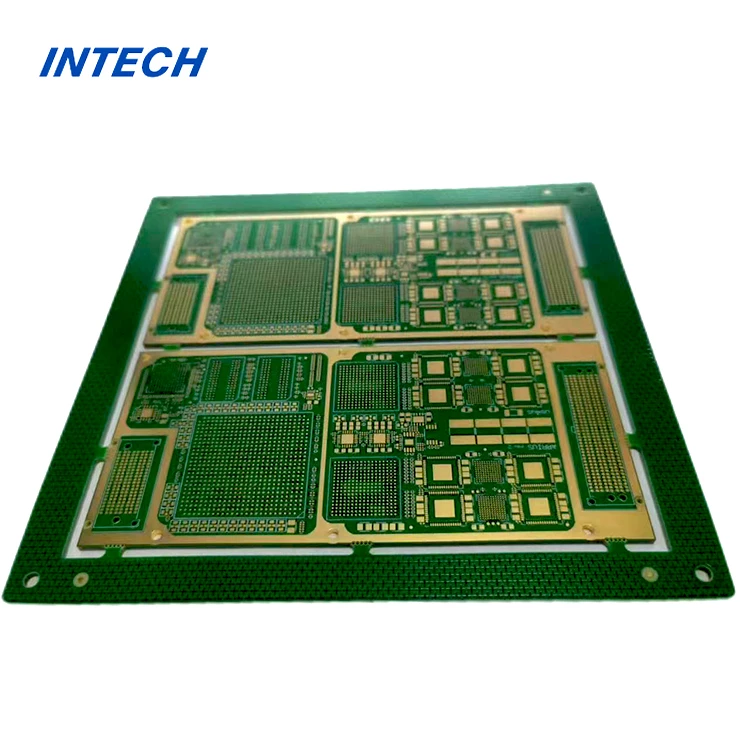What are the disadvantages of rigid PCB?
Date:2023-07-05 17:16:14
Rigid printed circuit boards (PCBs) have revolutionized the electronics industry, providing a solid foundation for countless devices. However, like any other technology, rigid PCBs come with their fair share of disadvantages that need to be considered. This article delves into the limitations of rigid PCBs, highlighting five key drawbacks.

1. Limited flexibility
One major disadvantage of rigid PCBs is their lack of flexibility. Unlike flexible PCBs, rigid boards cannot be curved or bent. This can pose challenges when designing devices that require intricate shapes or when space optimization is a concern. Flexibility is particularly crucial for wearable technologies, medical implants, and certain industrial applications. Rigid PCBs may simply not offer the required level of flexibility.
2. Size and weight constraints
Rigid PCBs are often bulkier and heavier compared to flexible alternatives. Their inherent rigidity necessitates a certain thickness and weight, which may restrict their usage in lightweight and space-constrained devices. Portable electronic gadgets, drones, and miniaturized sensors are just a few examples of applications where rigid PCBs might pose challenges due to the associated size and weight constraints.
3. Limited shock and vibration resistance
Another disadvantage of rigid PCBs is their vulnerability to shocks and vibrations. The inflexibility of the board makes it more prone to cracking or fracturing under mechanical stress, which can lead to circuit failure. In applications where the device is subject to constant movement or impact, such as automotive electronics or aerospace systems, rigid PCBs may not provide the required level of reliability.
4. Higher manufacturing costs
Rigid PCBs often involve higher manufacturing costs compared to flexible alternatives. The manufacturing process for rigid boards is more complex and involves multiple steps, such as drilling, lamination, and plating. Additionally, the rigid nature of the board requires additional supporting materials, such as a protective enclosure, which further contributes to manufacturing expenses. For cost-sensitive projects, flexible PCBs may offer a more economical solution.
5. Lack of adaptability
Rigid PCBs are less adaptable to design changes compared to flexible PCBs. Modifying a rigid board design typically requires more time and effort, as it often involves reconfiguring the entire board layout and reordering components. This lack of adaptability can hinder quick iterations and alterations during the product development phase. Projects where design flexibility and rapid prototyping are critical may benefit more from using flexible PCBs instead.
In conclusion, while rigid PCBs have been instrumental in shaping the world of electronics, they do have certain disadvantages that need to be taken into account. Their limited flexibility, size and weight constraints, vulnerability to shocks and vibrations, higher manufacturing costs, and lack of adaptability are important factors to consider when deciding on the most suitable PCB technology for a specific application.
